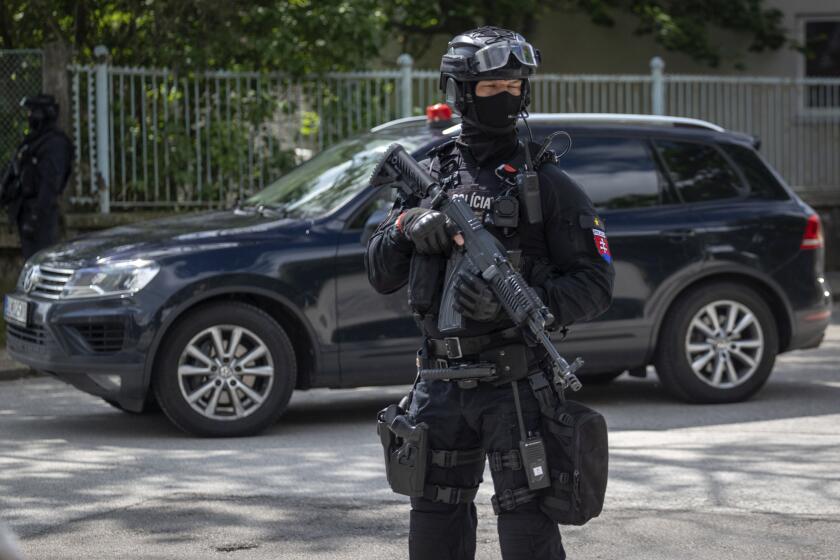Driving the Message Home : Educators can’t do enough for teen-agers on the AIDS issue
Scientists attending the ninth International Conference on AIDS in Berlin warn that there’s little reason to hope for early pharmaceutical breakthroughs to control or cure the disease. Projections by the World Health Organization instead point to a rising curve of AIDS cases, from 2.5 million worldwide now to three times that number by the end of the decade. Over the same period the number of people infected with the HIV virus is expected to climb to as many as 40 million. Given these grim prospects it’s clear that a lot more has to be done to inform people about how HIV infection can be prevented.
So far as the United States is concerned, the schools are a necessary place to start, as a survey by the Centers for Disease Control in Atlanta strongly suggests. The survey, of more than 12,000 students at 137 high schools, finds disturbing evidence that the risk of contracting the HIV virus through sexual activity is either unknown or being widely ignored. Condom use is relatively high--about 48% of those polled said they used a condom the last time they had sex--but the main motivation for that seems to be to avoid conception. When the female partner was using birth control pills, condom usage fell to only 19%.
This occurs, the survey finds, in a population that defines itself as quite active sexually, with 54% of those questioned saying they have had intercourse. The risk of exposure to AIDS or other sexually transmitted diseases is thus alarmingly high. Adolescence, of course, is a time of great experimentation and risk-taking in general. But AIDS victims who develop the disease in their early to mid-20s almost certainly contracted the HIV virus as teen-agers. The lesson is that more intensive AIDS education in the schools is needed. Realistically, it would not be premature or inappropriate to begin that process in the junior high schools.
More to Read
Start your day right
Sign up for Essential California for news, features and recommendations from the L.A. Times and beyond in your inbox six days a week.
You may occasionally receive promotional content from the Los Angeles Times.






